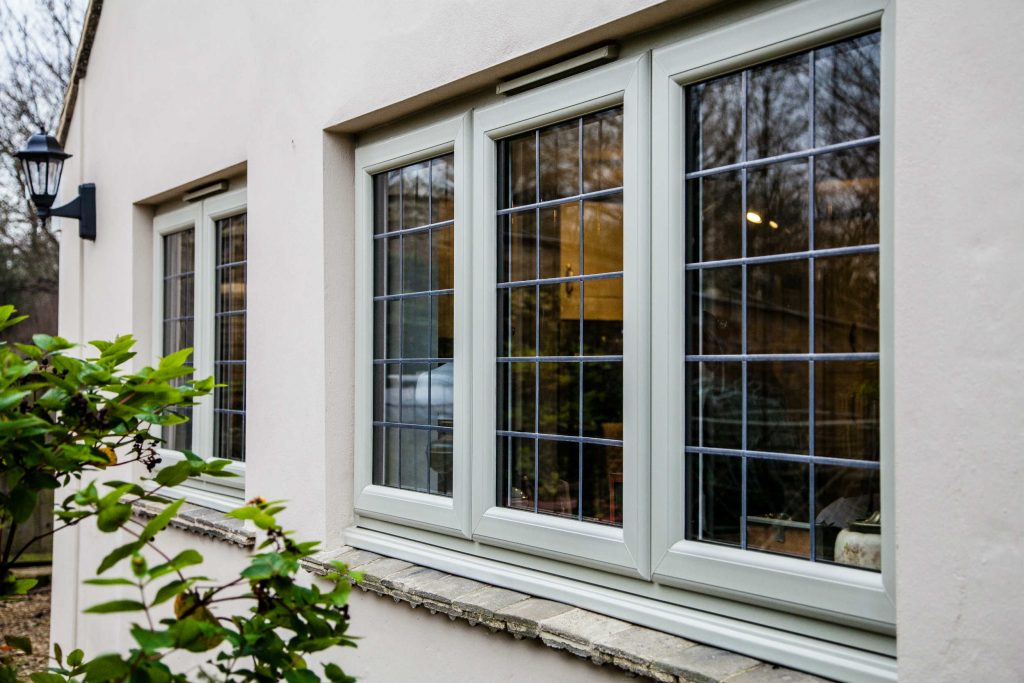All Categories
Featured
Table of Contents
Double Glazing For Warmer Temperature : R/melbourne in Yokine WA
Glazing just implies the windows in your home, including both openable and set windows, as well as doors with glass and skylights. Glazing in fact just means the glass part, but it is typically used to describe all aspects of an assembly consisting of glass, films, frames and furnishings. Focusing on all of these aspects will help you to attain reliable passive style.

Energy-efficient glazing makes your house more comfortable and dramatically decreases your energy costs. Nevertheless, improper or improperly designed glazing can be a major source of unwanted heat gain in summer and substantial heat loss and condensation in winter season. Approximately 87% of a home's heating energy can be gotten and as much as 40% lost through windows.
Double Glazing Windows - The Best Installers In The Uk ... in Iluka Perth
Glazing is a substantial financial investment in the quality of your home. An initial investment in energy-efficient windows, skylights and doors can greatly reduce your annual heating and cooling costs.

This tool compares window selections to a base level aluminium window with 3mm clear glass. Understanding a few of the key properties of glass will assist you to choose the finest glazing for your home. Key properties of glass Source: Adapted from the Australian Window Association The quantity of light that travels through the glazing is referred to as visible light transmittance (VLT) or visible transmittance (VT).
Which Is The Best Type Of Double Glazing? - Which? - Which.co.uk in Cottesloe Western Australia
The U worth for windows (expressed as Uw), explains the conduction of the whole window (glass and frame together). The lower the U value, the higher a window's resistance to heat flow and the better its insulating worth.
For example, if your home has 70m2 of glazing with aluminium frames and clear glass with a U worth of 6. 2W/m2 C, on a winter season's night when it is 15C colder outside compared to inside, the heat loss through the windows would be: 6. 2 15 70 = 6510W That is comparable to the overall heat output of a large space gas heater or a 6.
Window Glazing For Households - Energy in Balga WA

If you choose a window with half the U worth (3. 1W/m2 C) (for example, double glazing with an argon-filled gap and less-conductive frames), you can cut in half the heat loss: 3. 1 15 70 = 3255W The solar heat gain coefficient (SHGC) for windows (revealed as SHGCw) measures how easily heat from direct sunlight streams through a whole window (glass and frame together).
The lower a window's SHGC, the less solar heat it sends to the home interior. The actual SHGC for windows is impacted by the angle that solar radiation strikes the glass.
Diy Double Glaze in Mount Lawley WA
When the sun is perpendicular (at 90) to the glass, it has an angle of incidence of 0 and the window will experience the maximum possible solar heat gain. The SHGC stated by glazing producers is constantly calculated as having a 0 angle of incidence. As the angle increases, more solar radiation is shown, and less is transferred.
Table of Contents
Latest Posts
Benefits Of Double Glazing Low-e in Applecross Western Australia
Double Glazing Windows - Prices And Installers Near You in East Fremantle Perth
Triple Glazing & Triple Glazed Windows - Hampshire in Innaloo WA
More
Latest Posts
Benefits Of Double Glazing Low-e in Applecross Western Australia
Double Glazing Windows - Prices And Installers Near You in East Fremantle Perth
Triple Glazing & Triple Glazed Windows - Hampshire in Innaloo WA